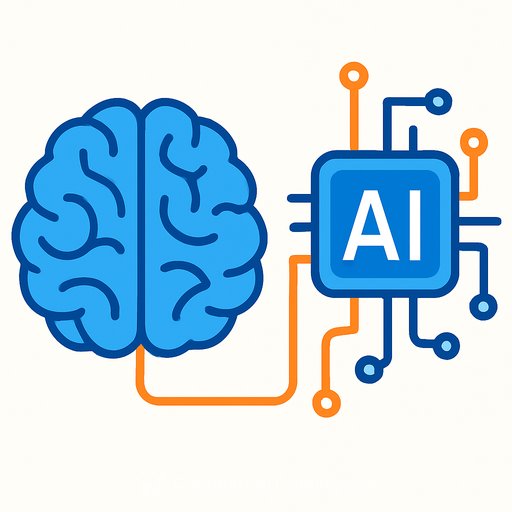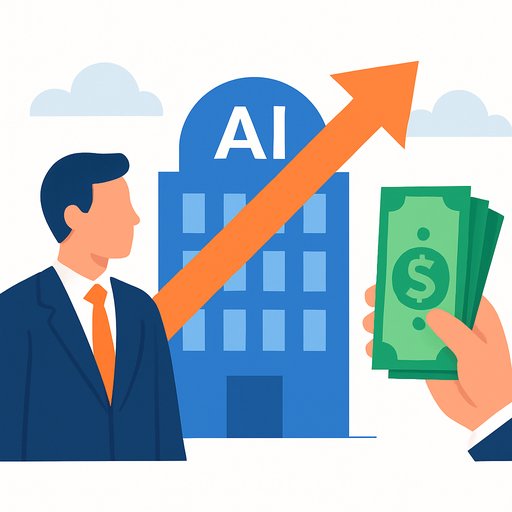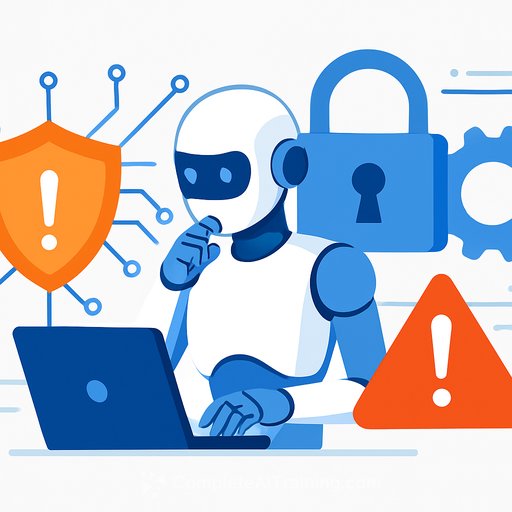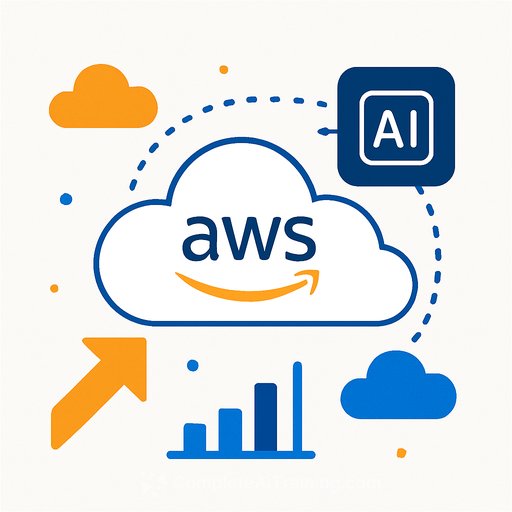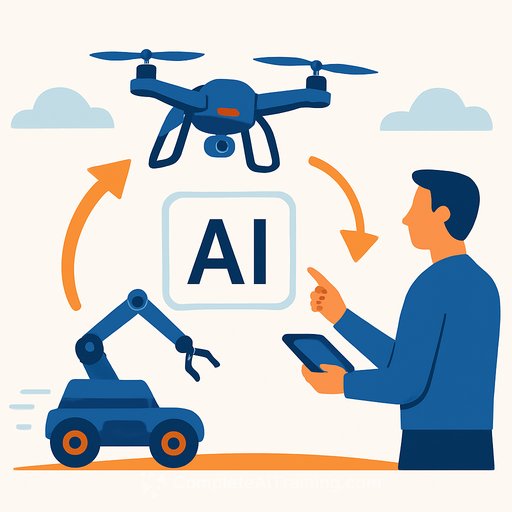Digital tools, AI, and algorithmic oversight at work in the EU: what leaders need to know
Nine in ten EU workers now rely on computers, mobile devices, and office software to get work done. Three in ten already use AI tools, with chatbots and large language models leading the pack. This is no fringe trend-it's standard practice across offices, factories, and field roles.
A new EU-wide survey of 70,316 workers across all 27 Member States maps how digitalisation is changing work: who uses AI, who gets monitored, and where algorithms make decisions. For management, the takeaway is simple: digital adoption is high, oversight is growing, and the effects on workload and autonomy depend on how tools are deployed.
Key stats at a glance
- 90% of workers rely on digital devices.
- 30% use AI tools-mostly for writing (65%) and translation (59%).
- Other AI uses: data processing and idea discussion (38%), transcription (28%), image generation (27%), planning/scheduling (24%), customer advice (19%).
- 37% are monitored for working hours; 36% for entry/exit times.
- 24% have working time allocated automatically; 13% have performance assessed and rewarded automatically.
AI at work: practical adoption patterns
AI is concentrated in office-based roles and is especially common in Northern and Central Europe. Most usage centers on language tasks-drafting, translating, summarising-where time-to-value is obvious. Adoption is uneven by sector, but the utility is clear wherever repetitive text or planning work stacks up.
If your teams write, plan, or analyse, assume AI is already part of their workflow-formally or not. That makes governance, training, and measurement urgent.
Digital monitoring: where oversight shows up
Monitoring of working hours and entry/exit is now common. Location tracking is more prevalent in transport, construction, and manufacturing, where physical presence and fleet operations matter. Activity monitoring through digital tools is widely used in finance, public administration, and ICT.
Central and Eastern European countries report higher use of CCTV, internet usage monitoring, and call or vehicle tracking. If teams span regions, your compliance and communication approach should adapt accordingly.
Algorithmic management: growing but uneven
Automation in coordination is expanding. One in four workers has schedules allocated automatically, often coupled with algorithmic task prioritisation. For 13% of workers, performance is assessed and rewarded automatically.
This can improve throughput, but it raises predictable concerns: transparency, recourse, and fairness. Without clear rules and human oversight, trust erodes fast.
Platformisation: six worker profiles across the EU
- 6%: No digital tools, no platformisation.
- 33%: Use digital tools without monitoring or algorithmic management.
- 42%: Partial platformisation-at least one form of digital monitoring and one form of algorithmic management.
- 9%: Informational platformisation-activity monitoring plus algorithmic evaluation; most common in finance and insurance.
- 7%: Physical platformisation-common in mining, transportation, and logistics.
- 2%: Fully platformised.
Impact on working conditions
Full and physical platformisation correlate with higher stress and reduced autonomy. That's the cost of tight tracking, rigid allocation, and limited discretion in field-heavy roles. Informational platformisation has fewer negative effects and ties closely to work-from-home arrangements.
Translation: design choices matter. Monitoring plus evaluation is manageable when workers retain agency and context is clear.
What leaders should do this quarter
- Map your exposure: where AI is used, where monitoring runs, where algorithms decide schedules, pay, or ratings.
- Publish a plain-language policy on acceptable AI use, data collection, retention, and worker rights to feedback and correction.
- Set human-in-the-loop checkpoints for scheduling, performance scoring, and any automated rewards or sanctions.
- Run bias and error testing on algorithmic tools; document model limits and escalation paths.
- Tune monitoring to purpose: minimize data collected, avoid function creep, and align with local legal requirements.
- Track outcomes, not activity: shift from keystrokes and presence to service levels, quality, and customer impact.
- Invest in skills: targeted training for AI writing, data handling, and prompt quality improves results and reduces shadow use.
- Engage social partners and workers early-co-design rules to reduce resistance and increase adoption quality.
Policy and research signals to watch
The data supports coordinated action on digital monitoring and algorithmic management to protect work quality while improving productivity. Expect further Commission initiatives tied to quality jobs and responsible AI deployment. If your organisation operates across Member States, prepare for enforcement that varies by country and sector.
For policy context, see the European Commission's work on employment and social affairs here and the EU AI Act information here.
Upskilling: close the AI adoption gap
If 30% are already using AI-mostly for language and planning tasks-the productivity gap will widen for teams without skills or guardrails. Focus training on prompts, review workflows, and data hygiene to raise quality and reduce errors.
For structured options, explore role-based AI learning paths here or current course updates here.
Methodology note
Findings are based on a 2024-2025 survey covering 70,316 workers across all EU Member States. The study examines digital tool usage, monitoring practices, and algorithmic management patterns, with sector and regional differences clearly visible.
Bottom line: digital work is now the default. Your advantage comes from clear rules, smart adoption, and evidence-based iteration.
Your membership also unlocks:






